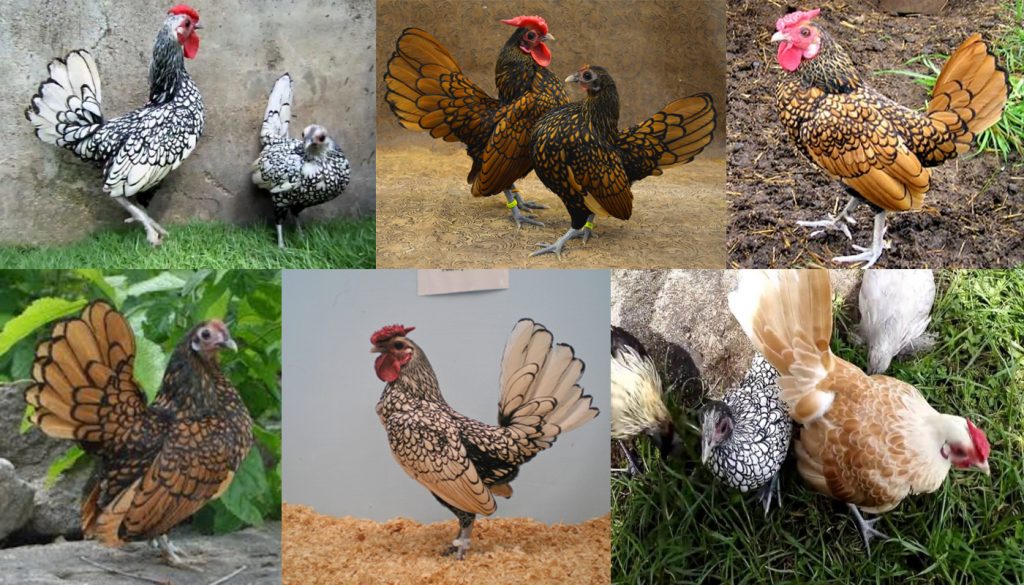
The Sebright is a true Bantam, this means that it is a miniature bird that has no larger chicken counterpart. It was bred by and named after Sir John Saunders Sebright in the 19th century as an ornamental chicken breed. These colorful beauties are cheerful, alert, intelligent and full of spunk for a little chicken.
| Country of Origin: | England |
| American Poultry Association: | Recognized as a breed of chicken in the United States |
| Chicken Category: | Bantam Breed |
| You may Also Like: | TOP 10 BANTAM CHICKEN BREEDS FOR BEGINNERS |
| Chicken Class: | Rose Comb Clean-Legged |
| Bantam Variety Available? | There is only a Bantam Breed |
| Good Starter Chicken? | They are a low maintenance chicken with a nature that makes them perfect as a starter chicken. |
PURPOSE⇒ |
Eggs: Not bad egg layers.
They lay small white Bantam sized eggs from 160 per year They will lay consistently throughout the years They start to lay eggs from around 16 to 22 weeks old.
Meat: They are not meat birds
Breeding: They can be bred but the hens are not at all broody and are very bad mothers.
If you are breeding the Sebright for show choosing the correct hens and rooster bloodline is crucial.
Foraging: Not the best foragers because of their size they tend to like being in a Coop run.
Show Bird: Their magnificent plumage makes them a good show bird.
Pets: They are okay little pets but can be a bit on the cheeky side.
Other: They tend to be a bit cheeky for their size and can cause upsets in the coop with larger more aggressive chickens.
|
| Flyers? | They can fly |
| Noisy Birds? | They can be noisy |
| Interaction with other chickens: | They get along with other breeds but need to be kept an eye on as they can be troublemakers although they are not aggressive. As with any flock if you are introducing new birds it is best to slowly socialize them with the flock. |
| Good with kids? | They are okay with supervised children |
HISTORY
The Sebright is a special breed of Bantam that took their creator, Sir John Sebright, after which the breed is named, more than thirty years to perfect.
Sir John Sebright developed the Sebright Bantams male and females to have the exact same feathering. This means that the males are hen feathered and do not have the usual sickle-shaped feathers that are usual in most roosters found on their tails, saddle and neck. In most breeds, the male and female chicken’s plumage has something which differentiates the sexes in the color either being a shade darker or lighter. The Sebright has a mutation that converts male sex hormones into female sex hormones found in the tissue of their skin.
Another factor in breeding the Sebright was that Sir John Sebright wanted to create a lace Bantam variety that would breed true. There is not too much known on which breeds were used to create the Sebright but it has been suggested that it could have been bred from breeds such as the Nankin, Hamburgh and Rosecomb based Polish breeds of chickens.
The Sebright breed was established around 1810 and was accepted into the Standard of Perfection by the American Poultry Association in 1874.
It is said that not only is the Sebright one of the oldest English Bantam breeds, but it is one of the most popular breeds of today.
CHARACTERISTICS |
|
|---|---|
IDENTIFICATION⇒ |
Appearance/Body: They have the typical short backs, straight downward pointing wings, large proportional breasts that create an angular Bantam look.
Their comb, wattles and earlobes are red.
Color(s) Silver Laced and Golden Laced
Comb: They have a rose comb
Ave. Weight: Pullet/Hen 18 – 20 oz
Cockerel/Rooster 20 – 22 oz |
| Life Expectancy: | The average lifespan is 8 years |
| Health: | Some Sebright’s have low fertility and they are prone to Marek’s disease. |
| You may Also Like: | HOW TO TELL IS A CHICKEN IS SICK |
| Temperament: | Friendly, spritely, active and cheeky |
| Socialize Behavior? | They get along well with all other animals |
| You may Also Like: | HOW TO SOCIALIZING YOUR NEW CHICKENS |
| Known predators: | Due to their small size most, domestic animals should be kept away from them especially dogs and cats. If hawks and or foxes are in your area it is always best to take precautions. Due to their size, they make very easy targets for most feathery predators. Check with local animal shelters, zoos, vets, animal control and or pet stores about common predators in your area. |
| Conservation Status: | These birds conservation status is recorded as “threatened”. It is best to check on any special license or instructions that may be set up for owning these birds. This can be checked with your local or national conservation centers. |
IDEAL ENVIRONMENT |
|
|---|---|
| Garden Size: | They adapt well to most sized gardens and take confinement well. They are not the best foragers and prefer to scratch about in their coop run. |
| Ideal Climate: | They are very hardy little birds that handle the cold very well and as long as there is a lot of shady spots and nice cool water summer is not a problem for these perky little chickens. |
| Ideal Coop: | The rule of thumb for any coop is 50 cm x 50 cm per hen/rooster in the coop. Ensure there is a good space for the nesting boxes and nightly roosting rails at least 1.5 inches wide. Good ventilation for air but not too drafty especially in winter. It is always a good idea to raise the coop off the ground to give the birds a dry place to roost and lay especially in wet weather. |
| Ideal Coop Run: | They are good flyers and will fly so it is best to completely cover the coop run. They should ideally be kept in a barn or outbuilding for protection against both predators and the elements. |
| Ideal Flock Size: | They are quite happy in any size flock as long as they have one companion to wander the gardens with. |
| Special Instructions: | Their foot and legs should not be in a lot of muddy or wet ground as they may catch a chill. |
| Accessories: | The following accessories are ideal for your coop: Nesting boxes Straw for the boxes and roosting area Roosting rails Perches Water troughs/bowls Food bowls/feeders Heating lamp(s) Animal carrier for transport purposes |
| You may Also Like: | 45 FREE DIY CHICKEN COOP PLANS, TUTORIALS AND DESIGNS |
WHERE TO FIND THESE BIRDS TO ADD TO YOUR FLOCK
You will be able to find these chickens for sale at some live poultry outlets and farms, it is best to check with your local conservation centers and registered breeders. You can find registered breeders on the American Bantam Association website along with a host of valuable information. They will also be able to help with any special requirements, attention or care they may need. If you plan on breeding your chickens, you will want to make sure that they are from a good bloodline.
You may be able to find these Bantams on internet poultry sites such as Purely Poultry and other hatcheries that advertise online. Once again you should be able to find these websites by doing an internet search or breeders sites.
CARING FOR THE BIRD(S)
Please click here for our full guide to “Taking care of chickens”. This is a comprehensive guide to owning chickens. It covers where to start from choosing your ideal flock, the coop that would best suit your garden, your bird and you to buying and bringing your bird(s) home.
GENERAL
These delightful little Bantam chickens make a beautiful colorful addition to any flock and will keep you entertained with their cheeky antics. They are quite friendly little chickens but have been known to be quite cocky and may cause a bit of upset in the coop.
GROOMING
Their small size means they need extra protection from predators and the elements. They especially need their feet and feathers to be kept out of damp or mud as this could lead to health issues.
These chickens do love their dust bath and will love some added herbal essences mixed into the loose sand to help with pests and excess feather oils. Even though they can be a little cheeky they are not aggressive birds and do still love attention. As such they will have no objection to a regular examination for mites, lice and various other parasites. Checking for these pests in their feathers should be done at least once a week to your chickens healthy. Always get your birds de-wormed on a regular basis especially if they are around other animals or interacting with kids.
DIET AND NUTRITION
Give your Sebright a balanced diet of chicken pellets, grains, chicken mash or grain mix from 8 weeks old and older. This should be fed to them first thing in the morning before they are let out to roam about to ensure they are getting all their nutrients.
For baby chickens, the best is always Chick Starter when they are under 8 weeks old.
Laying hens should get extra protein and calcium in their diets to ensure the quality of their eggs and to keep them in tip-top health.
These little darlings love getting treats such as table scraps in the form of vegetables and fruit. They find these scraps even better if they are served as ice-cubes on very hot days.
Feeding your chickens correctly will give your organic garden a lot of nutritious fertilizer to make your vegetables or flowers grow.
Please see our comprehensive guide to “Feeding your chickens” for more information of the different types of chicken feed for chicks, hens, laying hens, roosters, etc. and where to buy the feed and approximate cost of the feed.
SOCIALIZING THE BIRD(S)
Sebright chickens should not be too difficult for a bird to socialize. Even though they are cheeky they are also cheerful little birds that enjoy the company of other chickens.
Always check on how well a breed will get on with your current flock before buying them as you do not want to upset your coop or stress your current flock.
If you want to introduce another breed with your Sebright, try a breed that has a gentle nature that will not rile theirs.
As with any newcomer to the roost, you will have to quarantine the bird for 7 – 31 days to ensure it does not have any unwanted critters or disease that could spread to your current flock.
Even smaller chicken has a pecking order, so it is advisable to socialize newcomers slowly and determine when it is right to allow them to become a permanent part of the flock.
NOTES / SPECIAL INSTRUCTIONS
As they are registered as a “threatened” conservation status they may need an extra license to own or keep in your garden. For advice on what the bird’s conservation status and orders are please check with your local conservation department.
For breeders, it is imperative that you always check your bird’s bloodlines and ensure you are buying your birds from a reputed breeder/farm. In order to sell birds of such stature, they have to be recorded and documented, always check with local animal breeding organizations for these records.
These legitimate documents are also required should you wish to show your bird(s) in various poultry shows/competition showings.
For information and advice on adopting rescued animals, you can visit or contact your local animal welfare center.
Video
USEFUL LINKS
- Caring for your Chicken
- Feeding
- Health
- Socializing your Chicken
- Breeding Chicken
- Raising Chickens A-Z
- Hatching Eggs
- What is Molting
- Animal Shelter (ASPCA)
- American Veterinary Medical Association
- American Poultry Association
- American Animal Welfare Society
- American Animal Control
- American Animal Husbandry Society
References
- https://en.wikipedia.org
- https://livestockconservancy.org
- https://www.roysfarm.com
- https://www.mypetchicken.com
- https://www.backyardchickens.com
- https://www.feathersite.com/
 FACTS ABOUT HATCHING EGGS – HATCHING EGGS PART 4
FACTS ABOUT HATCHING EGGS – HATCHING EGGS PART 4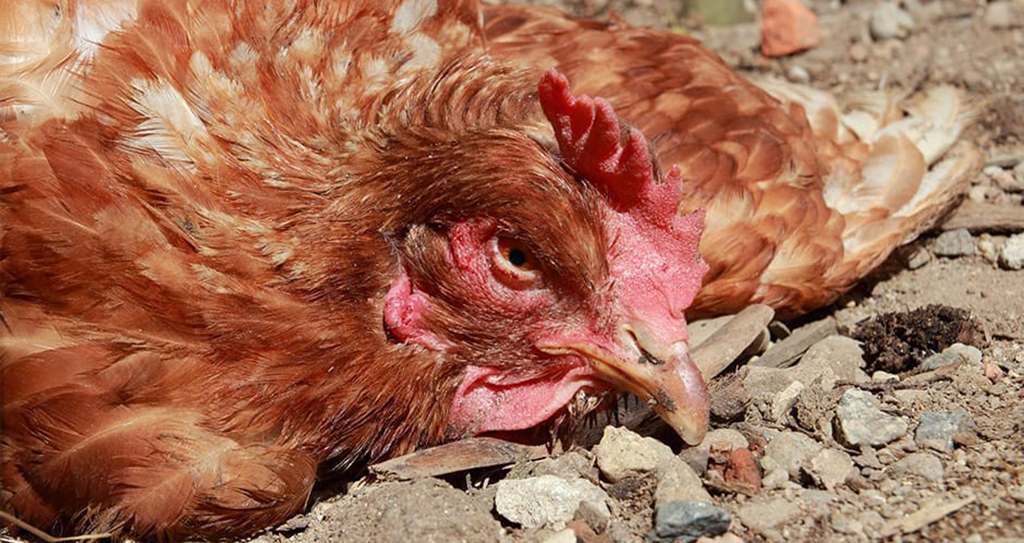 Conditions that can affect a Chicken Respiratory System
Conditions that can affect a Chicken Respiratory System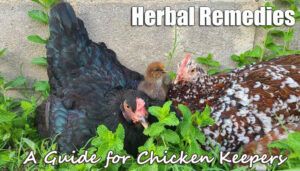 Herbal Remedies for Common Poultry Ailments: A Guide for Chicken Keepers
Herbal Remedies for Common Poultry Ailments: A Guide for Chicken Keepers Color Varieties that are found in a lot of the Various Chicken Breeds
Color Varieties that are found in a lot of the Various Chicken Breeds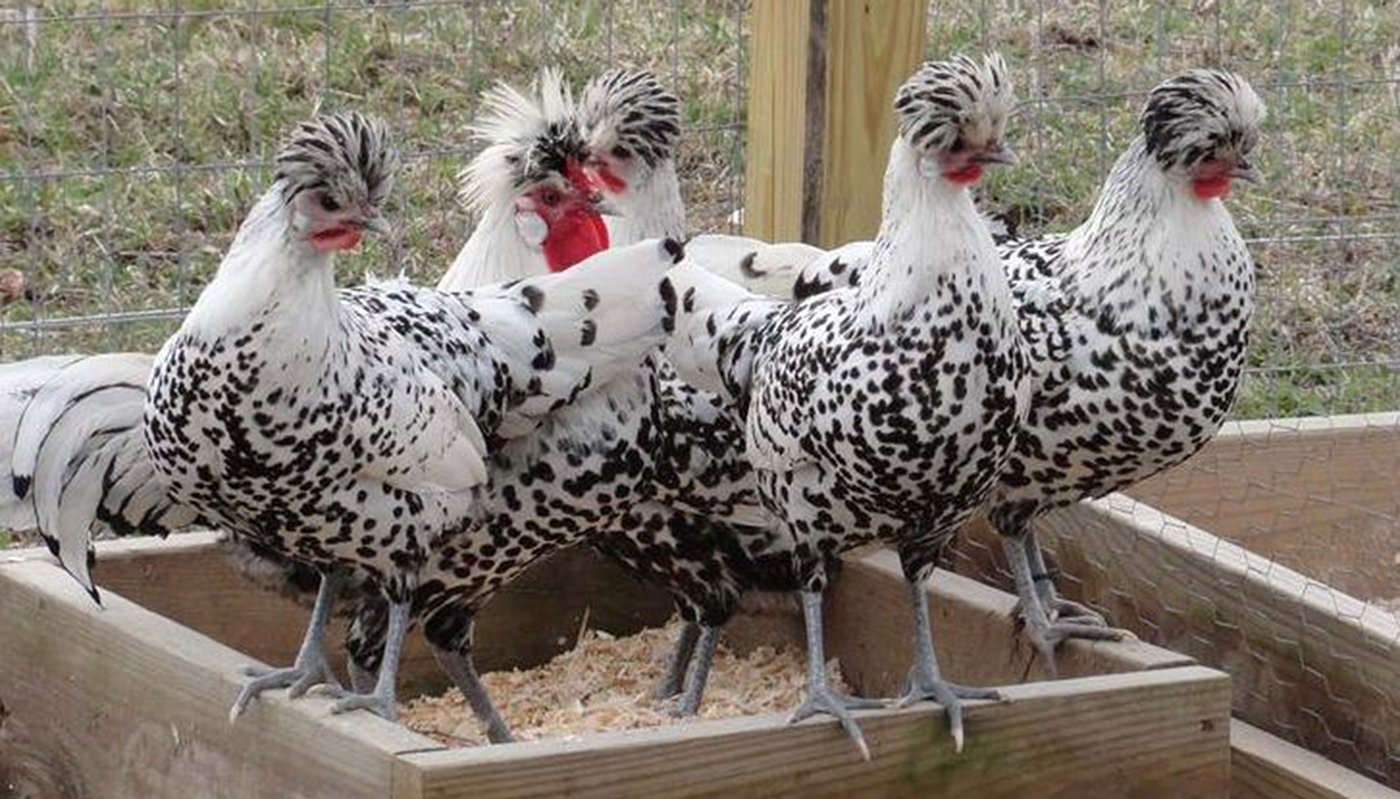 Appenzeller Chicken Breed – Everything You Need to Know
Appenzeller Chicken Breed – Everything You Need to Know Hamburg Chicken Breed – Everything You Need to Know
Hamburg Chicken Breed – Everything You Need to Know 80+ Best Chicken Coops and Runs to Buy
80+ Best Chicken Coops and Runs to Buy Taking Care of Your Chicken Flock
Taking Care of Your Chicken Flock Houdan Chicken Breed – Everything You Need to Know
Houdan Chicken Breed – Everything You Need to Know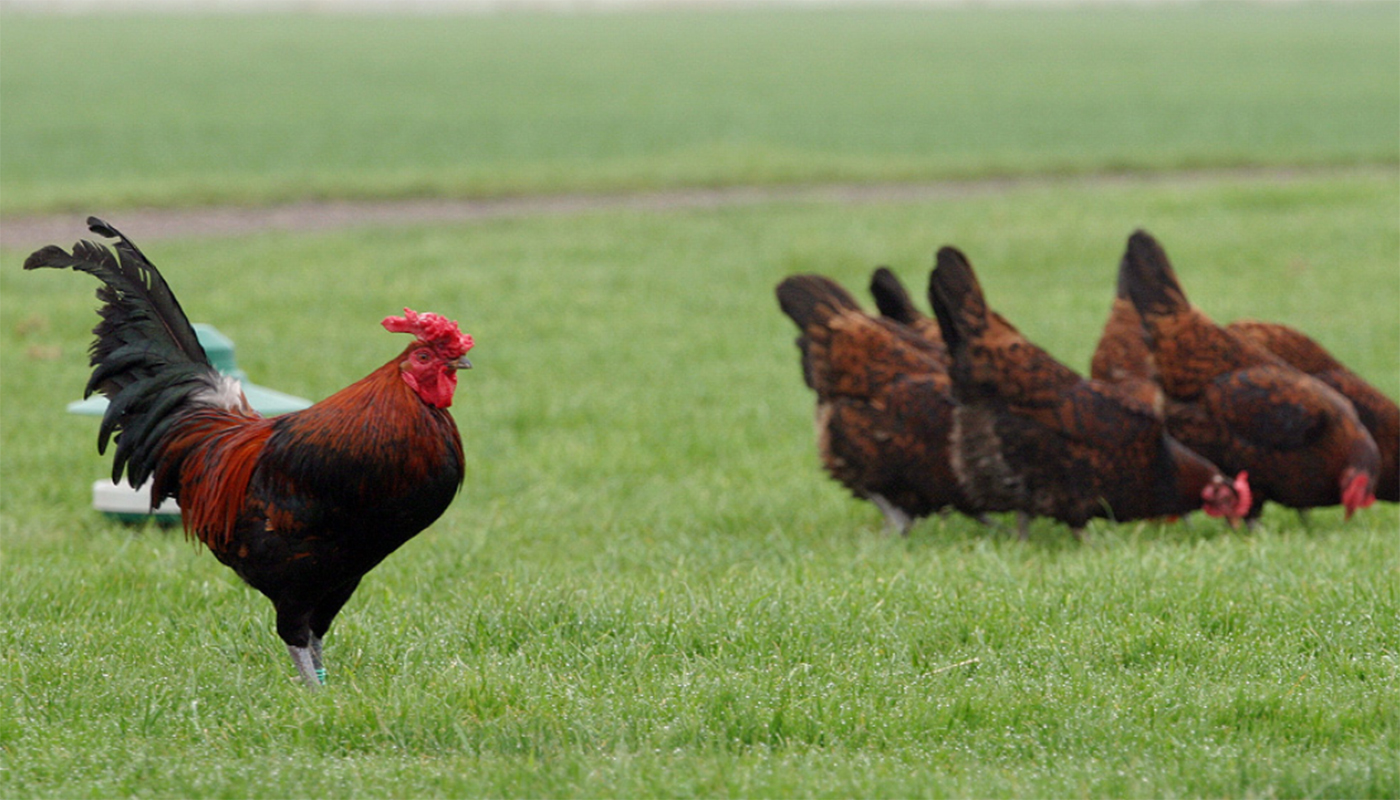 Redcap Chicken Breed – Everything You Need to Know
Redcap Chicken Breed – Everything You Need to Know COMMON CAUSES OF HEALTH ISSUES,SYMPTOMS AND PREVENTATIVE MEASURES
COMMON CAUSES OF HEALTH ISSUES,SYMPTOMS AND PREVENTATIVE MEASURES Yokohama Chicken Breed – Everything You Need to Know
Yokohama Chicken Breed – Everything You Need to Know